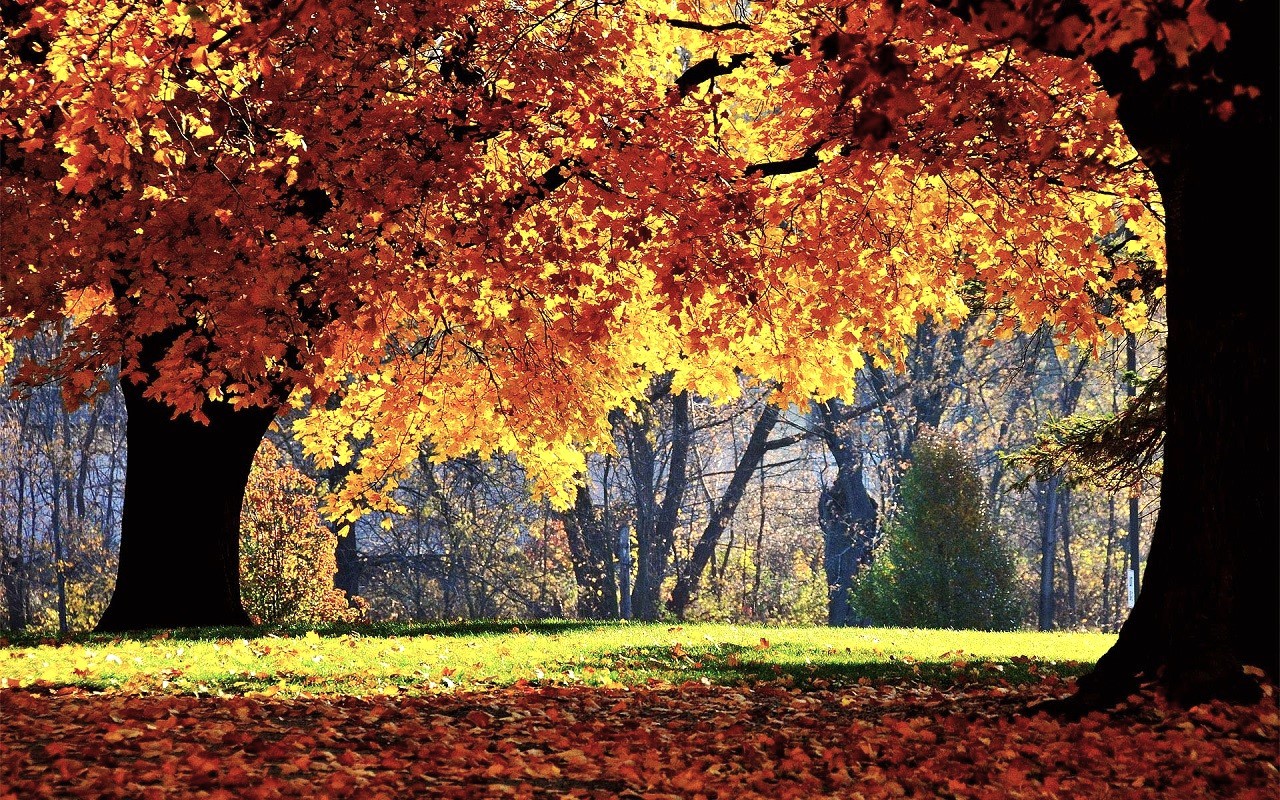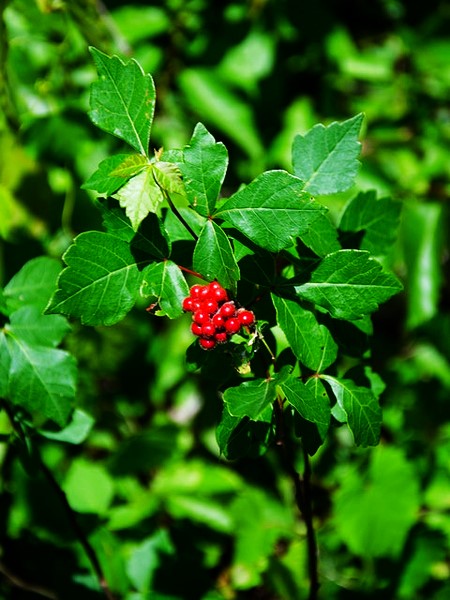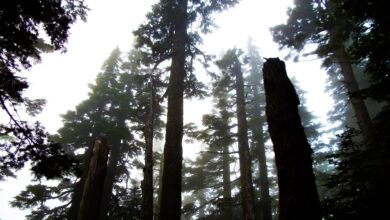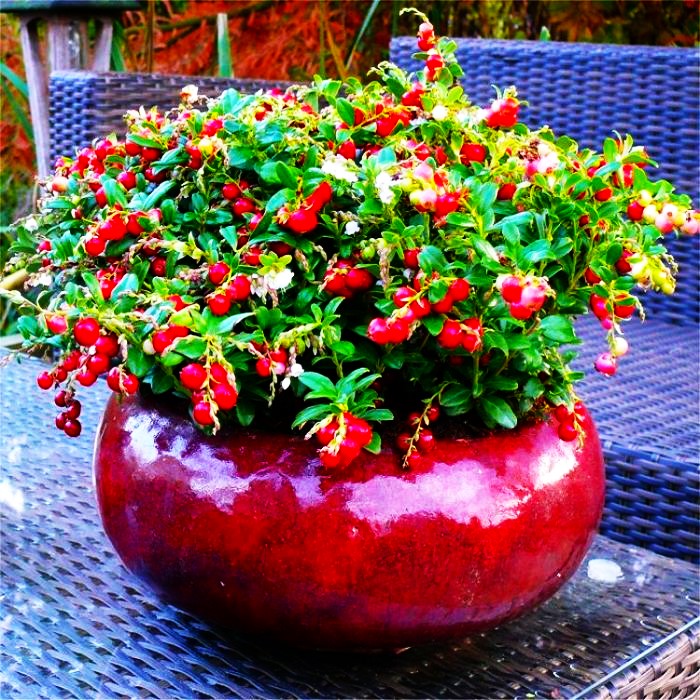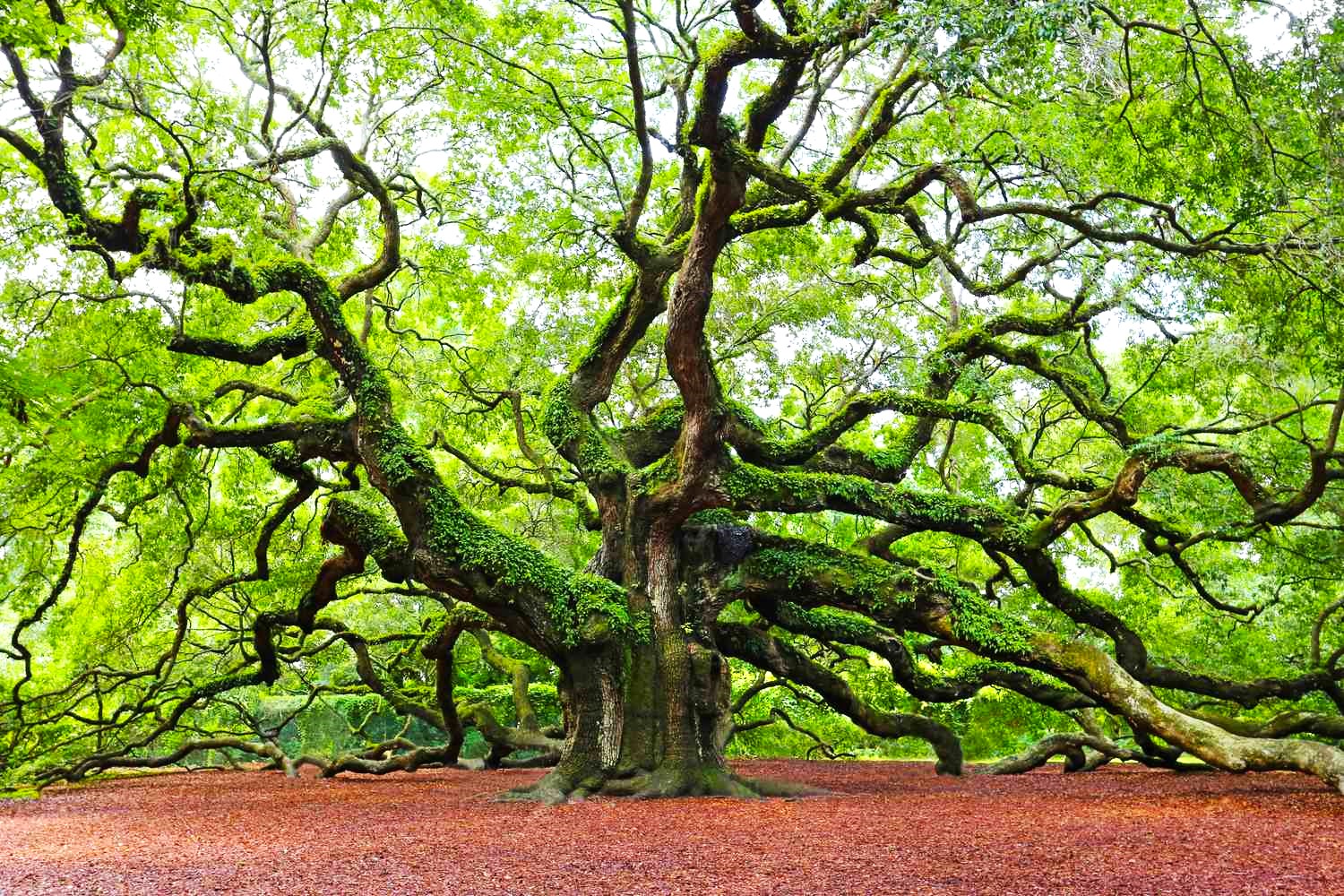Tips About Gray Dogwood Shrub
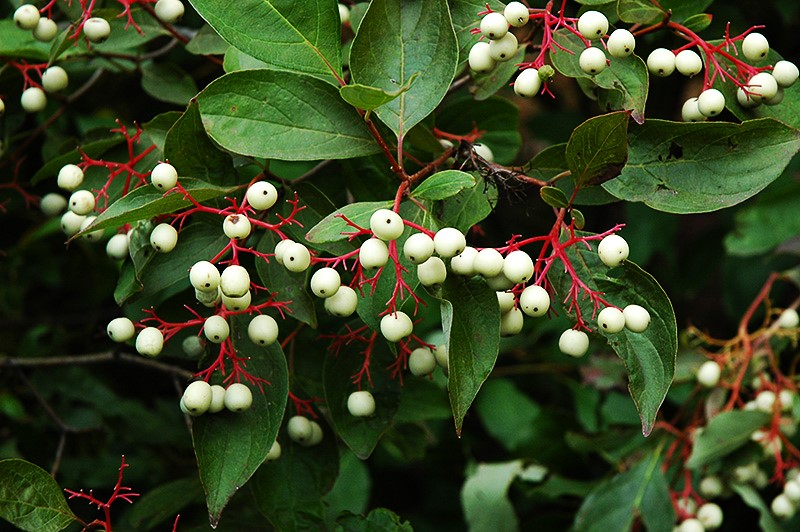
Although gray dogwood isn’t a neat or appealing plant that you would want to put in a well-kept garden, it might be ideal for creating a wildlife area or a shrub for challenging circumstances. Continue reading to learn more about this lowly shrub.
Information about Gray Dogwood
Suckers appear all around the rangy, even slightly scraggly gray dogwood (Cornus racemosa). The deep reddish-purple hue of the fall foliage is intriguing, but it’s not particularly eye-catching. The white winter berries are fleeting and do not enhance the shrub’s appearance. It thrives in a wildlife area or in poor, wet soil, but you might not want to plant it in a formal garden. Gray dogwood thickets are wildlife plants that offer small mammals and birds cover, hiding spots, and places to nest. The berries are consumed by many bird species, such as downy woodpeckers, Northern cardinals, Eastern bluebirds, and Northern flickers. In addition to attracting butterflies, some species use the flowers as host plants for their larvae.
Planting Gray Dogwoods
A gray dogwood tree can be grown as a tree, but if you don’t constantly remove the suckers, it will quickly become a shrub with several stems. A row of gray dogwood bushes provides protection from glaring views, heavy winds, and direct sunlight. Also easy to maintain is gray dogwood. The shrubs grow well in nearly any soil, in both full sun and partial shade. The pollution in the air doesn’t bother them. These shrubs never require fertilizer and hardly ever require watering because they can withstand dry soil. The most difficult thing to do when taking care of gray dogwood is to keep the suckers away. As soon as you can, pull them up. If you must cut them, do so at the soil’s surface, at the source. Partially eliminated suckers quickly reappear.
Are Gray Dogwoods Exotic?
Native plants are not invasive because they have natural controls to keep them in check when they grow in their native range. There is nowhere in the United States where gray dogwood is regarded as an invasive species. As an alternative to invasive shrubs like non-native honeysuckle, it is actually advised. On the other hand, aggressive gray dogwood can grow in the landscape. It yields several suckers that develop into new stems. If the shrub isn’t periodically thinned, it eventually becomes a thicket.

